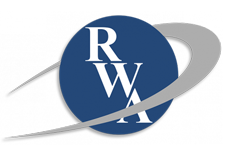E-mail Protection Systems
This article is part of RWA’s series on the 10 Best Health Industry Cybersecurity Practices.
Learn more at HHS 405(d) HICP website.
The two most common phishing methods occur through e-mail access.
Credential Theft – An attacker attempts to trick targets into providing access through received e-mail.
Typically, this takes the form of links in an e-mail that sends you to a fraudulent login website.
Malware Attacks – An attacker attempts to deliver malware through e-mails that compromise endpoints such as PCs and cell phones.
When an unprotected computer opens an malware application, the attacker will usually exploit vulnerabilities or lax security policies to gain additional access to the computer, your password, and your personal information. In worst case scenarios, the attacker may even encrypt your data and demand a ransom.
E-mail protection systems block attacks before they arrive in your Inbox, and work with the cloud to identify attackers and their methods as they evolve.
RWA can work with you to identify and deploy the best e-mail protection systems, cloud providers, and encryption platforms that will work with your business. Office 365 and Exchange Online features multiple layers of customizable security, along with policies that are appropriate for each group of employees.
Additionally, RWA can deploy Multi-Factor Authentication to add an additional layer of protection to your online services, and we have partnered with leading Phishing Training and Simulation services to support regulatory security compliance.

